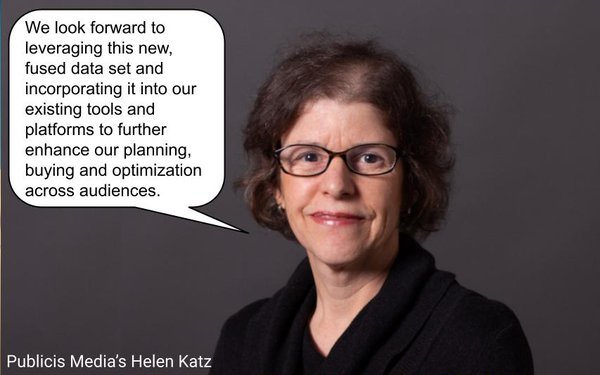
Even as it transitions its core
audience measurement service from its legacy panel to a "Big Data-plus" one, Nielsen this morning announced a new product fusing its national TV audience panel with GWI's (Global Web Index) massive
digital consumer research panel.
It's hard to understand if the the new service, aptly named "Nielsen GWI Fusion," is a true data fusion hooking respondent-level data between the two services,
because the announcement describes it as "overlapping" Nielsen's national TV panel with GWI USA's data, but the companies said the output will enable media buyers to have a "detailed view of today's
diverse consumers with more than 250 million people represented."
It would be nice if they also explained the math behind that, because while GWI may or may not actually reach 250 million
Americans (about 75% of the U.S. population), Nielsen's national TV panel includes only 80,000 annual respondents.
However the fused sausage gets made, the companies claim it will enable
planners, buyers and advertisers to understand how Americans "think, feel and behave" in a way that "goes beyond demographics.
"Users will benefit from a deeper level of analysis to craft
impactful advertising and marketing strategies, from deciding on the most impactful combination of media to reach their audience to showcasing the benefits of media efforts."
Beyond the
boilerplate hyperbole, the companies said the new product will also enable planners to evaluate explicit variables, such as:
- Enabling a "holistic view of the media landscape" by leveraging the same audiences across data-driven linear.
The companies cited Publicis Media as working closely with them to help develop the new product, and the agency's Executive Vice President-Research Helen Katz stated that it plans to
incorporate the fusion into its existing tools and platforms to "enhance our planning, buying and optimization across audiences."
I asked a Nielsen spokesperson to explain the fusion methodology
used explicitly, when Nielsen last released a fused data product with another audience-measurement supplier, and for any examples of data insights generated from this new product that I can share with
you. Stand by and I will update those later.